Picture this: you’re cleaning out your garage when suddenly an enormous, hairy spider scuttles across your path. Your heart pounds, your palms sweat, and you instinctively reach for the nearest shoe. But what if I told you that spider might be one of nature’s most misunderstood creatures? While their eight legs and multiple eyes can trigger our deepest fears, many spiders that look absolutely terrifying are actually as harmless as a butterfly. These arachnids have evolved impressive appearances not to hurt humans, but to survive in a world full of predators. From gentle giants that wouldn’t hurt a fly to masters of deception that look deadlier than they are, the spider world is full of fascinating creatures that deserve our respect rather than our fear.
The Gentle Giant – Huntsman Spider
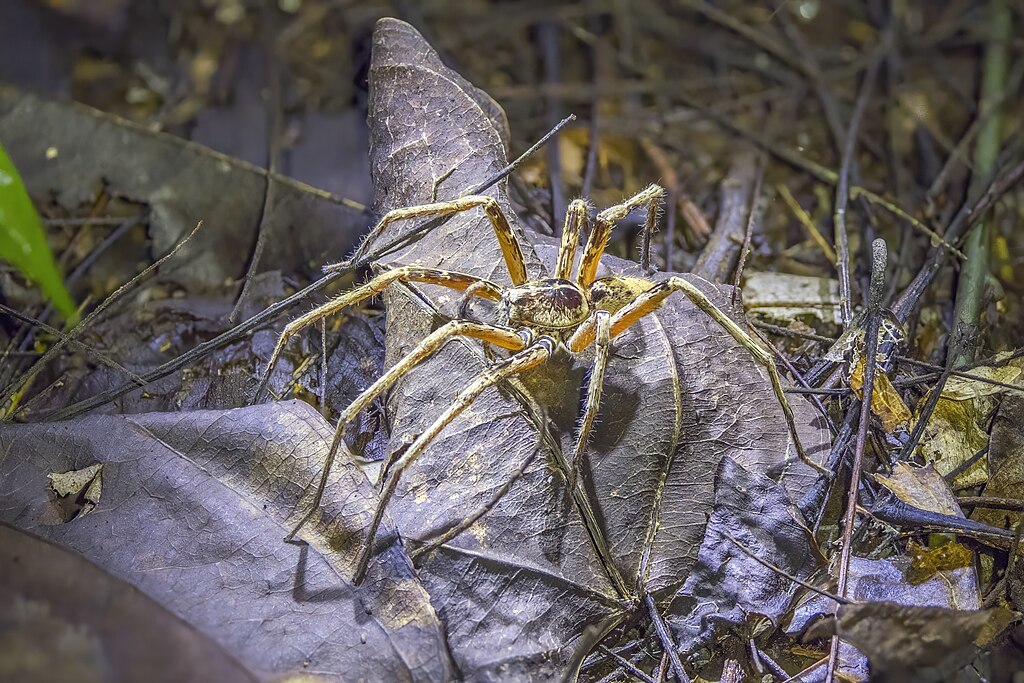
With legs that can span up to 12 inches and a body covered in coarse hair, the huntsman spider looks like something straight out of a horror movie. These massive arachnids often surprise homeowners by appearing suddenly on walls or ceilings, their impressive size making them impossible to ignore. Despite their intimidating appearance, huntsman spiders are completely harmless to humans and actually prefer to flee rather than fight. What makes these spiders particularly startling is their incredible speed and agility. They can move sideways like a crab and sprint across surfaces at remarkable speeds, which often catches people off guard. However, their bite is no worse than a bee sting, and they rarely bite unless directly handled or cornered. Many people in Australia and other regions where huntsman spiders are common have learned to coexist peacefully with these gentle giants, often allowing them to remain in homes where they hunt pest insects.
The Wolf in Spider’s Clothing – Wolf Spider
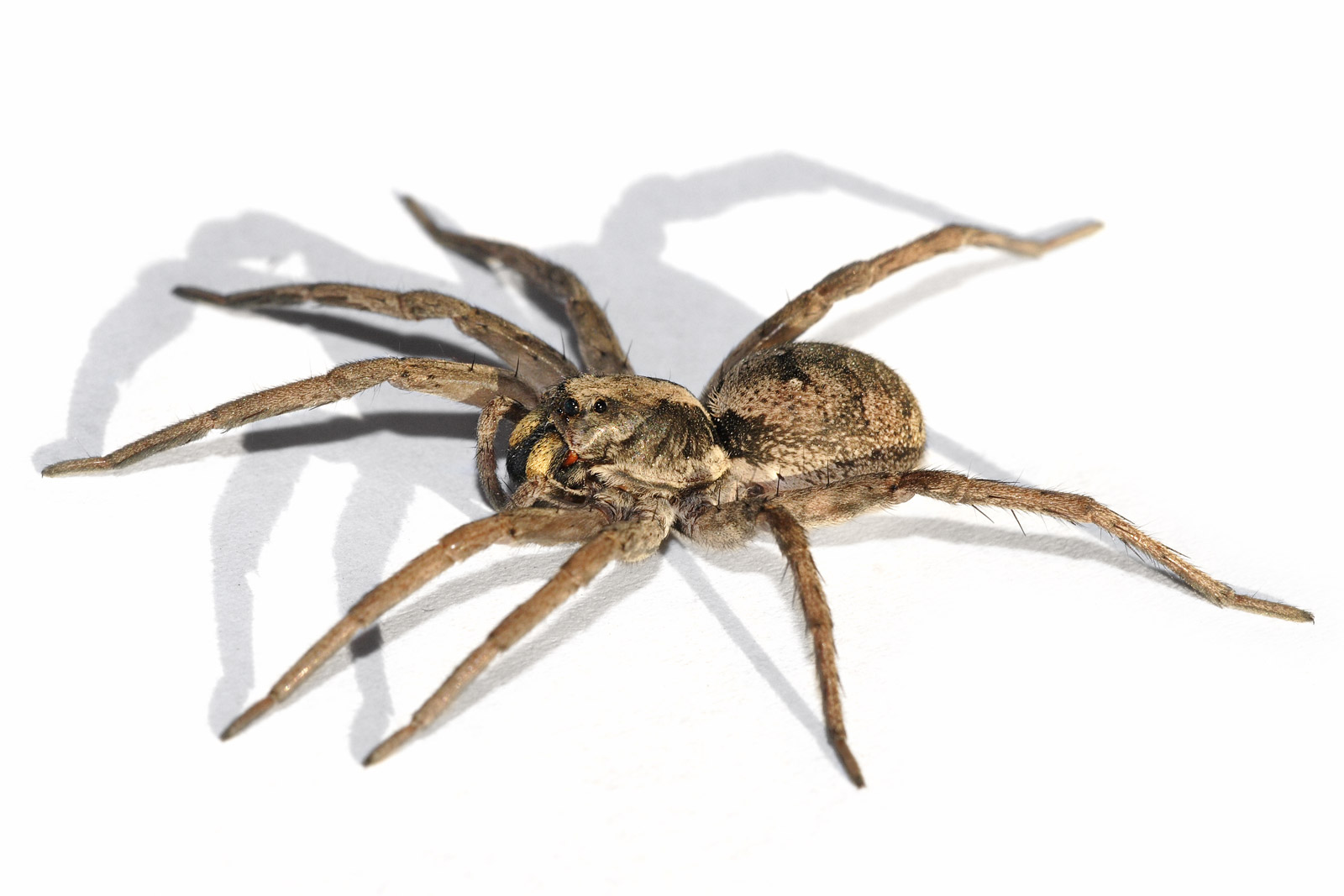
Wolf spiders earn their fierce name through their robust, muscular appearance and hunting behavior that mirrors their mammalian namesakes. These spiders can grow quite large, with some species reaching the size of a small tarantula, and their dark coloration and prominent eyes give them a particularly menacing look. Their tendency to carry egg sacs or baby spiders on their backs adds to their intimidating appearance, creating the illusion of an even larger, more dangerous creature. Despite their formidable looks, wolf spiders are remarkably gentle creatures that pose no threat to humans. They’re actually beneficial to have around, as they actively hunt and consume many household pests including cockroaches, crickets, and other unwanted insects. Their bite is comparable to a mosquito bite in terms of pain and effects, and they’re far more likely to run away than confront a human. These spiders are also excellent mothers, with females carrying their young on their backs for weeks, demonstrating a level of parental care that’s quite touching when you get past their scary exterior.
The Hairy Horror – Tarantula
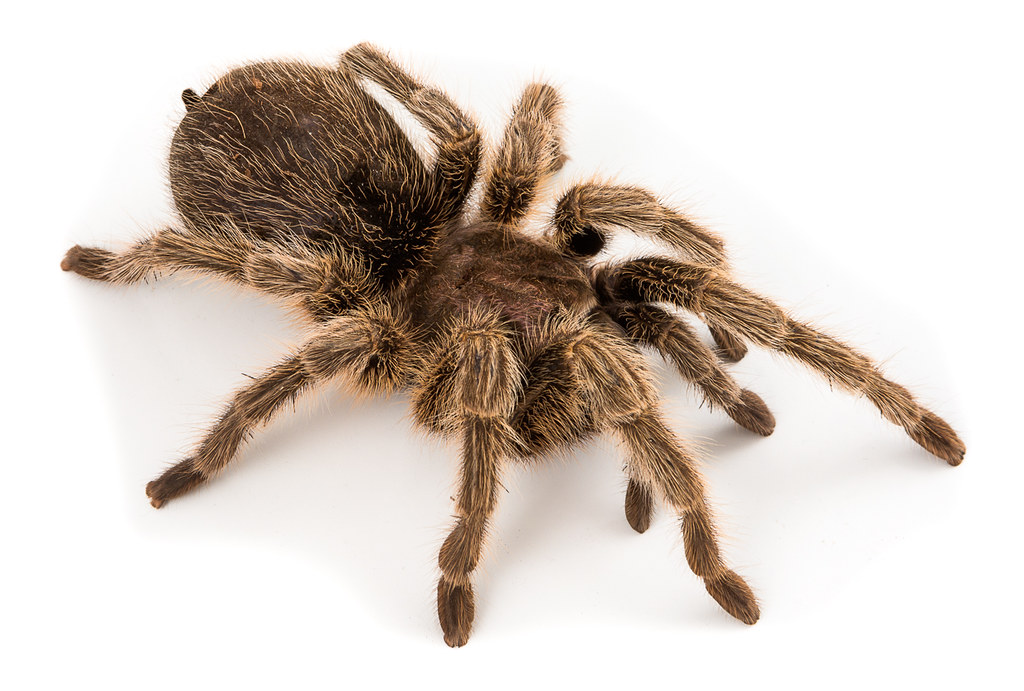
Few spiders strike fear into hearts quite like tarantulas, with their thick, hairy legs and substantial bodies that can measure several inches across. These arachnids look like they belong in a medieval dungeon rather than someone’s backyard, and their slow, deliberate movements add to their ominous presence. Movies and media have painted tarantulas as deadly monsters, but the reality is far different from the Hollywood portrayal. Most tarantulas are incredibly docile creatures that are more afraid of humans than we are of them. Their bite is typically no more dangerous than a bee sting, and many species are so gentle that they’re kept as pets by arachnid enthusiasts. When threatened, tarantulas are more likely to kick off their irritating hairs as a defense mechanism rather than bite, and they often curl up into a defensive ball rather than attack. These spiders can live for decades, with some females reaching ages of 20-30 years, making them one of the longest-lived spiders on Earth.
The Orb Weaver’s Intimidating Presence
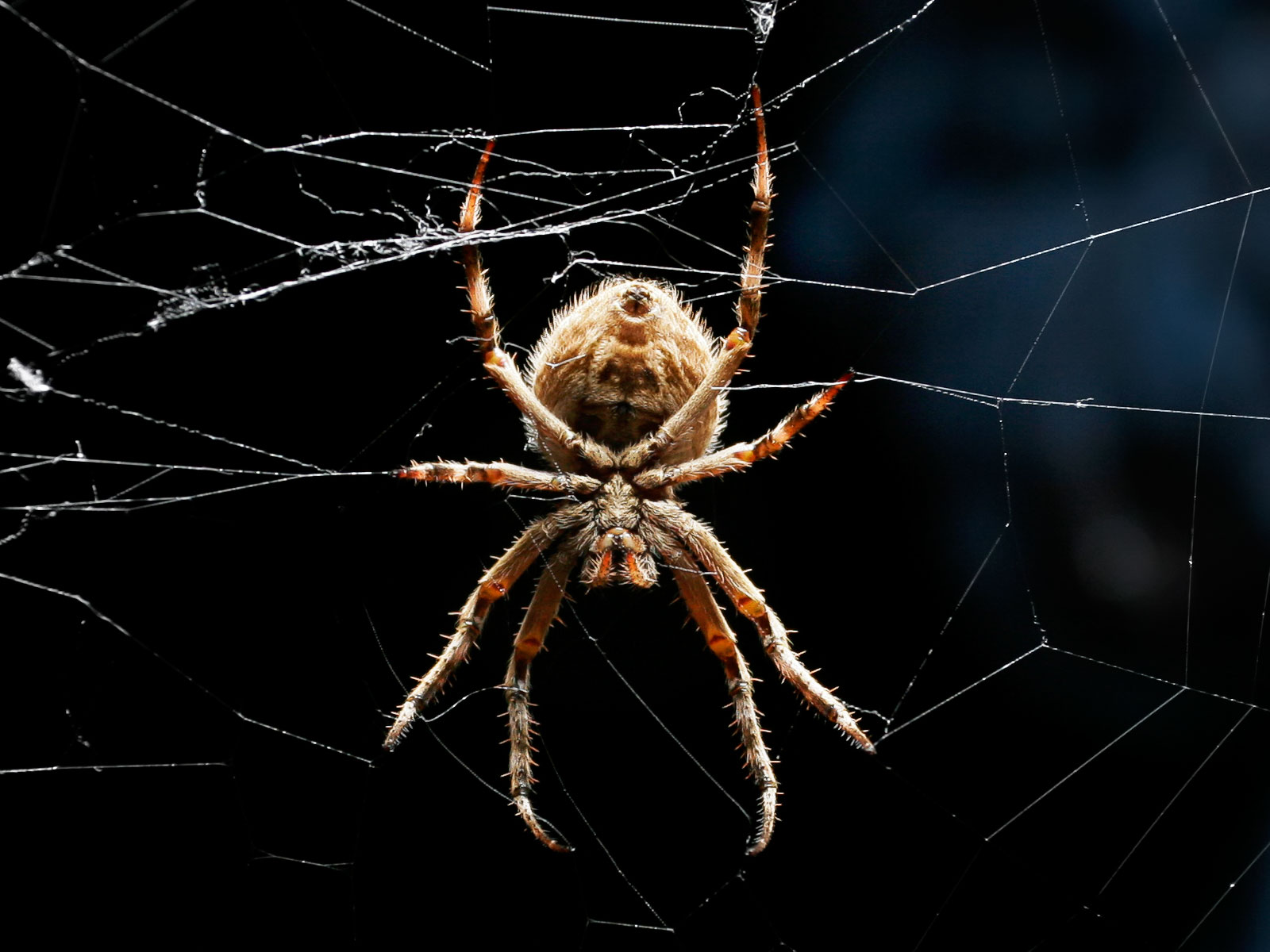
Orb weaver spiders create some of the most beautiful and intricate webs in nature, but their appearance can be quite startling, especially when encountered unexpectedly. These spiders often have bulbous abdomens with striking patterns, spiny legs, and can vary dramatically in size within the same species. Their webs, which can span several feet, often catch the morning dew in a way that makes both the web and spider appear more prominent and threatening. The reality is that orb weavers are among the most harmless spiders you’ll encounter, focused entirely on catching flying insects in their masterfully crafted webs. They’re incredibly beneficial to humans, consuming vast quantities of mosquitoes, flies, and other pest insects throughout their lifetime. Their bite is rarely delivered to humans, and when it does occur, it’s typically no worse than a minor pinprick with minimal swelling. These spiders are also remarkable engineers, rebuilding their complex webs daily with mathematical precision that has inspired human architects and engineers.
The Jumping Spider’s Deceptive Appearance
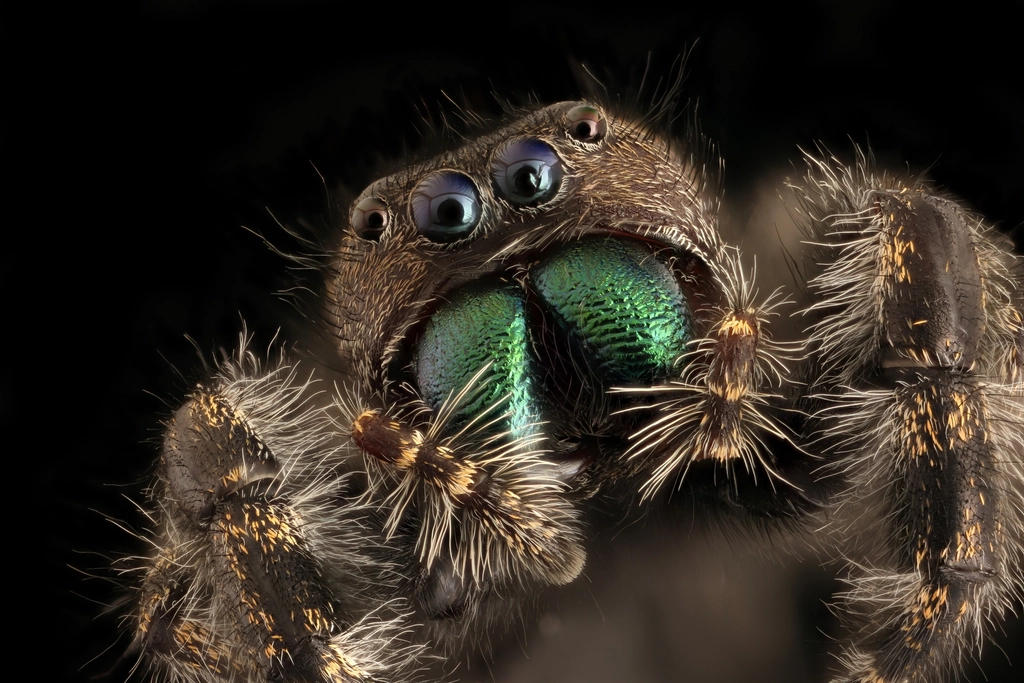
Jumping spiders might be small, but their compact, muscular bodies and large, forward-facing eyes give them an unexpectedly intimidating appearance. These spiders look like tiny eight-legged bodybuilders, with their powerful legs clearly built for explosive movement. Their hunting behavior, which involves stalking and pouncing on prey, can be quite startling to observe, especially when they suddenly leap several times their body length. However, jumping spiders are among the most harmless and fascinating arachnids you’ll encounter. They’re incredibly intelligent for their size, capable of learning, problem-solving, and even recognizing human faces. Their bites are extremely rare and cause no more discomfort than a mosquito bite, and they’re actually quite curious about humans, often turning to observe people who approach them. Many people who overcome their initial fear find jumping spiders to be almost puppy-like in their behavior, with their large eyes and inquisitive nature making them surprisingly endearing.
The Cellar Spider’s Spindly Terror

Cellar spiders, also known as daddy longlegs spiders, present a completely different kind of intimidation factor with their extremely long, thin legs and small bodies. These spiders often appear in dark corners of basements and garages, their spindly silhouettes creating an unsettling sight that seems to embody every spider phobia. Their webs are typically messy and irregular, adding to their somewhat sinister appearance in dimly lit spaces. Despite urban legends claiming these spiders are incredibly venomous but can’t bite humans, cellar spiders are actually completely harmless and can indeed bite, though they rarely do so. Their bite is so mild that it’s often not even felt, and they pose absolutely no danger to humans or pets. These spiders are excellent pest controllers, catching and consuming many insects that would otherwise become household nuisances. Their long legs aren’t just for show either – they help them move quickly and efficiently through their webs and allow them to vibrate the web to confuse predators or prey.
The Garden Spider’s Gothic Grandeur
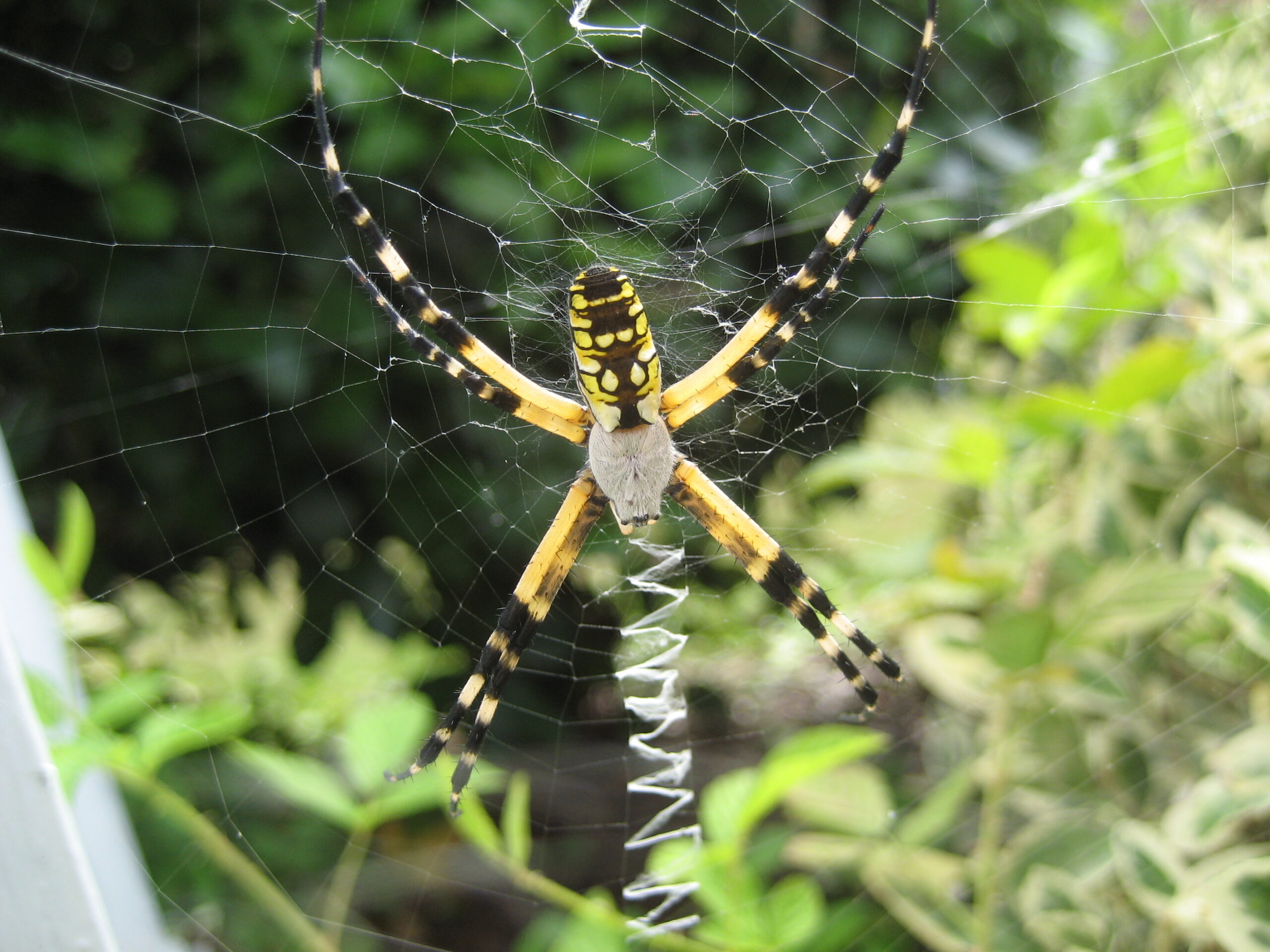
Garden spiders, particularly the black and yellow garden spider, look like they’ve stepped out of a Gothic novel with their striking coloration and impressive size. These spiders often position themselves in the center of large, elaborate webs, their bold patterns and substantial bodies making them impossible to miss. Their dramatic appearance is enhanced by their tendency to create webs in prominent locations like between fence posts or in garden archways, where they become unavoidable encounters for humans. The truth about garden spiders is that they’re completely focused on their insect prey and have no interest in humans whatsoever. They’re exceptional at controlling pest populations, with a single garden spider capable of consuming hundreds of insects throughout the summer months. Their bite is extremely rare and causes only minor irritation similar to a small scratch, and they’re far more likely to drop from their web and flee than to show any aggressive behavior. These spiders are also remarkable for their web-building skills, creating geometric masterpieces that serve as both hunting grounds and architectural marvels.
Understanding Spider Behavior and Fear
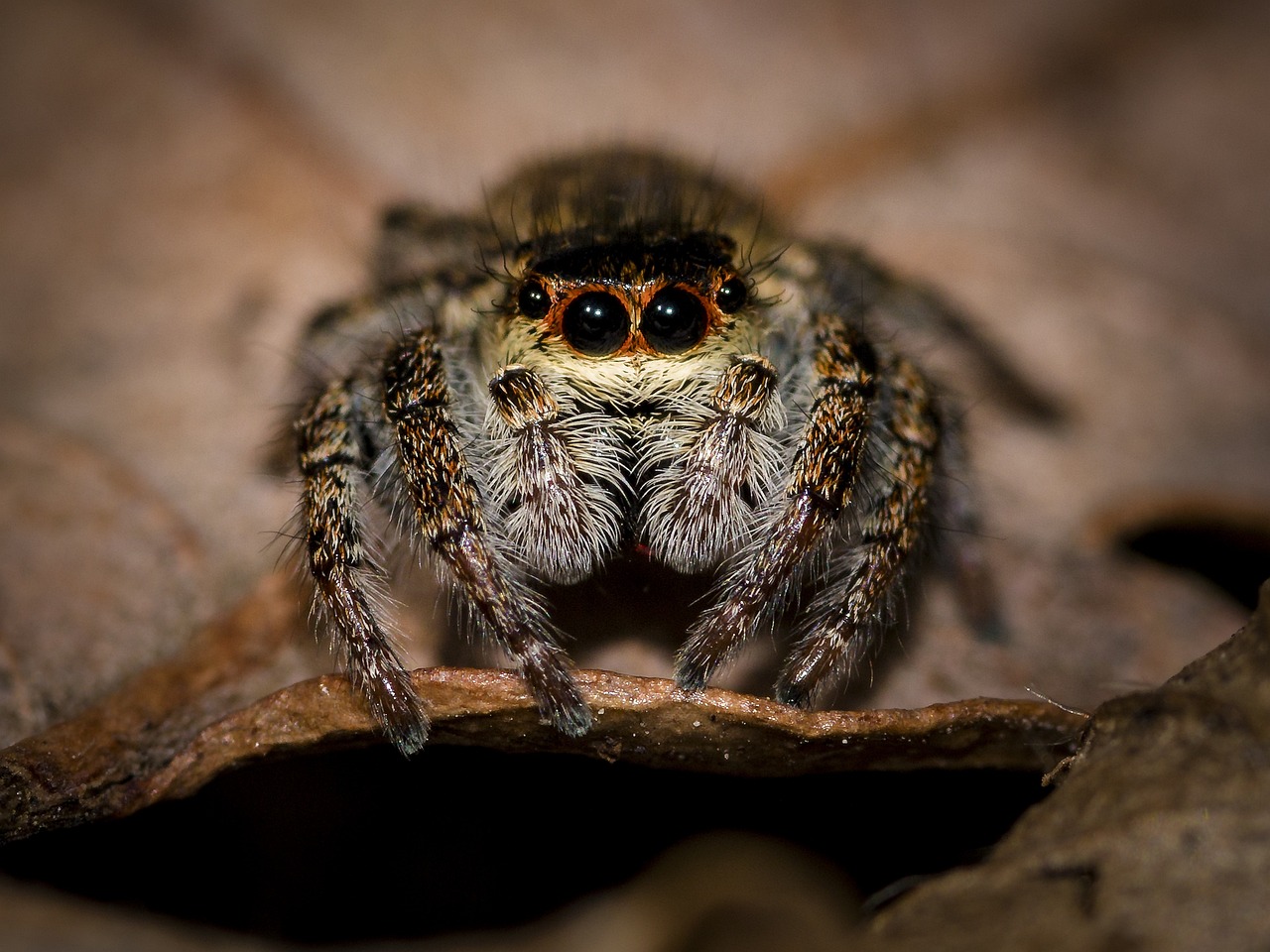
The fear of spiders, known as arachnophobia, affects millions of people worldwide and often stems from evolutionary survival mechanisms rather than actual danger. Our brains are wired to be cautious of creatures with certain characteristics – multiple legs, unpredictable movement, and the ability to appear suddenly – all of which spiders possess in abundance. This fear response helped our ancestors survive, but in modern times, it often leads to unnecessary anxiety about creatures that pose no real threat. Understanding spider behavior can help overcome these fears and lead to a greater appreciation for these remarkable creatures. Most spiders are incredibly predictable in their behavior, following patterns related to web maintenance, hunting, and reproduction that have remained unchanged for millions of years. They’re also far more afraid of humans than we are of them, with their primary responses being to hide or flee rather than attack. By learning to recognize the difference between truly dangerous spiders and harmless ones, we can develop a more balanced relationship with these important members of our ecosystem.
The Ecological Benefits of Harmless Spiders
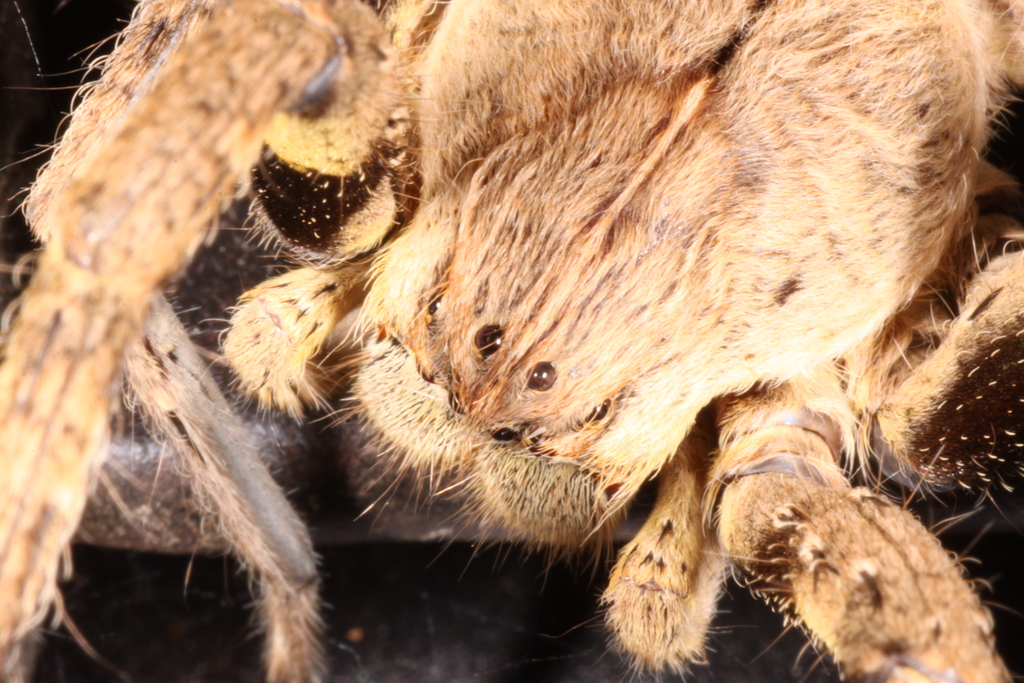
Harmless spiders play crucial roles in maintaining ecological balance, consuming billions of insects annually and preventing many pest species from reaching population levels that would be problematic for humans. A single spider can consume up to 2,000 insects per year, including mosquitoes, flies, aphids, and other pests that damage crops or spread disease. Without spiders, many ecosystems would be overrun with insects, leading to significant agricultural and health challenges. These beneficial arachnids also serve as important food sources for birds, reptiles, and other predators, forming essential links in food webs. Their presence indicates a healthy ecosystem, as they’re sensitive to environmental changes and pollution. By tolerating or even encouraging harmless spiders in our gardens and homes, we’re supporting natural pest control methods that are far more sustainable and environmentally friendly than chemical alternatives.
Identifying Truly Dangerous Spiders
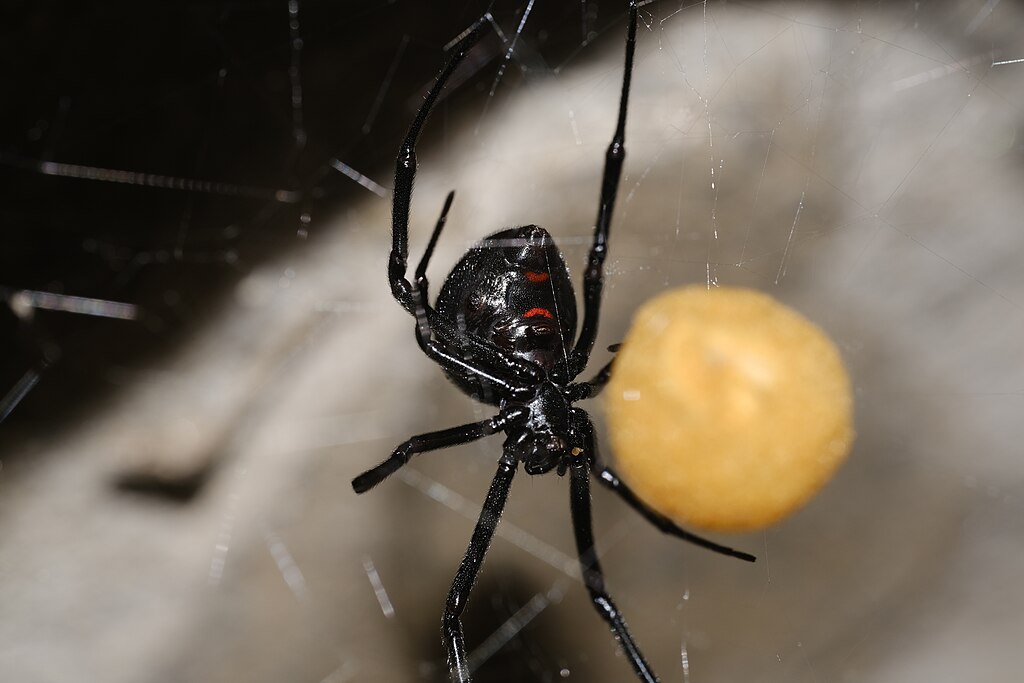
While most spiders are harmless, it’s important to be able to identify the few species that can pose genuine health risks to humans. In North America, only two genera of spiders are considered medically significant: the black widow and the brown recluse. These spiders have distinct characteristics that set them apart from their harmless counterparts, including specific markings, body shapes, and behavioral patterns that can be learned and recognized. The key to spider safety lies in education rather than fear, learning to distinguish between species that require caution and those that are completely benign. Most dangerous spiders are actually quite shy and prefer to avoid human contact, making bites relatively rare even in areas where these species are common. By understanding the specific characteristics and habitats of dangerous spiders, people can take appropriate precautions while still appreciating the vast majority of spider species that pose no threat whatsoever.
Conservation and Coexistence
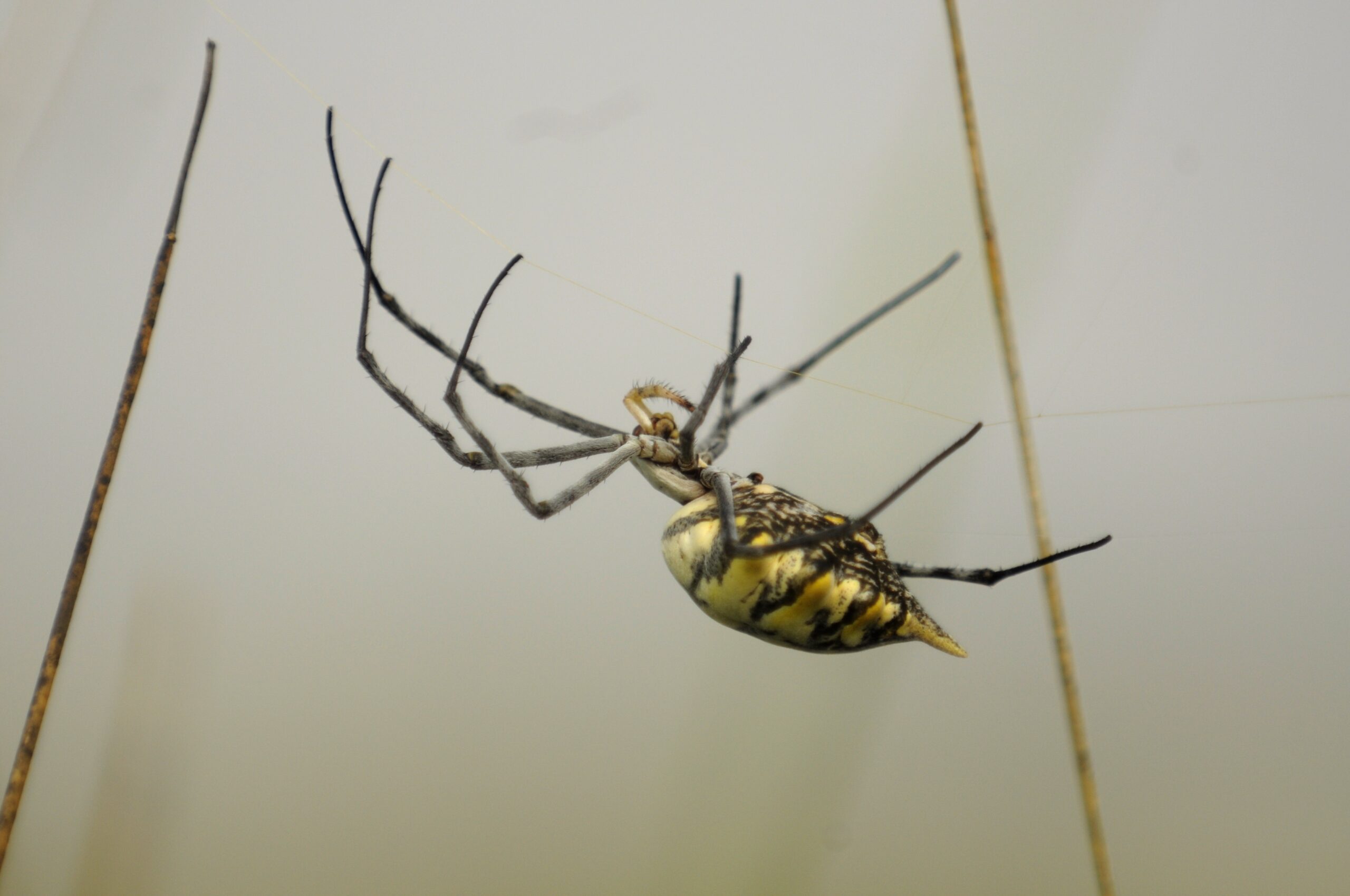
Many spider species face threats from habitat destruction, climate change, and human persecution, despite their important ecological roles. The fear and misunderstanding surrounding spiders often leads to unnecessary killing of beneficial species that help control pest populations naturally. Conservation efforts for spiders focus not only on protecting rare species but also on educating the public about the importance of these creatures in maintaining healthy ecosystems. Creating spider-friendly environments in our gardens and homes can contribute to conservation while providing natural pest control benefits. This might involve leaving some areas of vegetation undisturbed, avoiding unnecessary pesticide use, and learning to coexist with harmless species rather than eliminating them. Simple changes in perspective and behavior can make a significant difference in supporting spider populations while maintaining comfortable living spaces for humans.
Conclusion
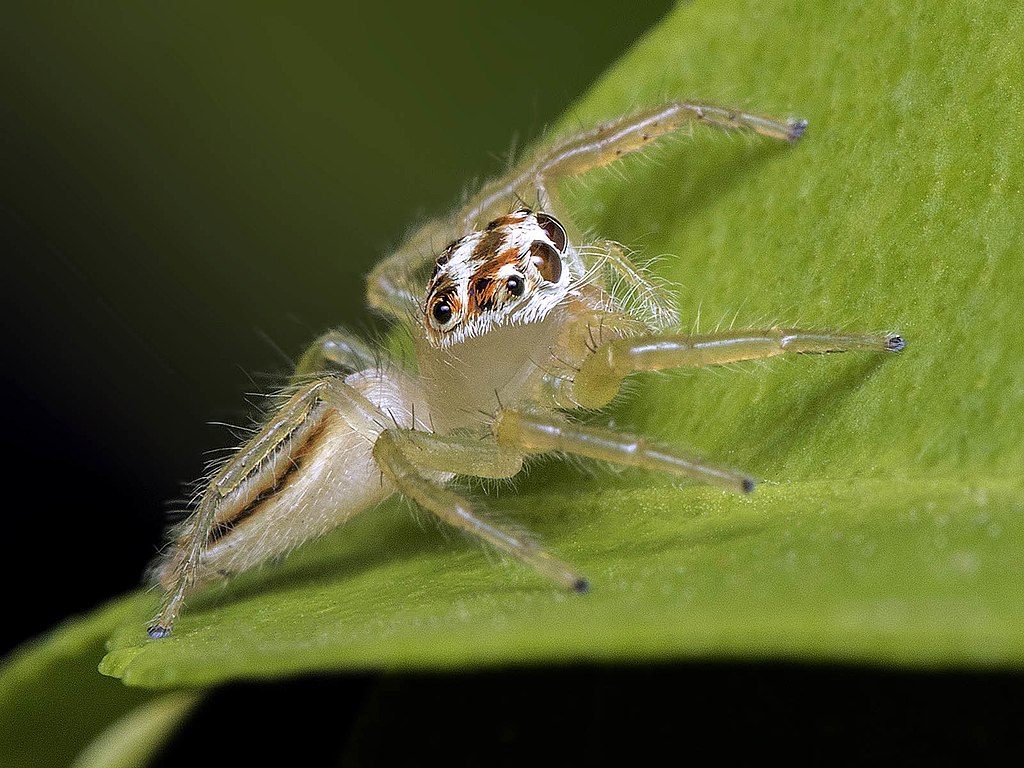
The world of spiders is far more fascinating and less frightening than most people realize, with countless species that have evolved impressive appearances for survival rather than aggression. These seven examples represent just a small fraction of the many spiders that look terrifying but are completely harmless to humans. By understanding the difference between appearance and actual danger, we can begin to appreciate these remarkable creatures for what they truly are – essential members of our ecosystem that deserve our respect rather than our fear. The next time you encounter a spider that makes your heart race, take a moment to observe rather than react. You might discover that what initially seemed terrifying is actually a beneficial neighbor working tirelessly to keep your environment free of genuine pests. After all, in a world full of real dangers, isn’t it comforting to know that most of our fears about spiders are simply misunderstandings waiting to be corrected?

